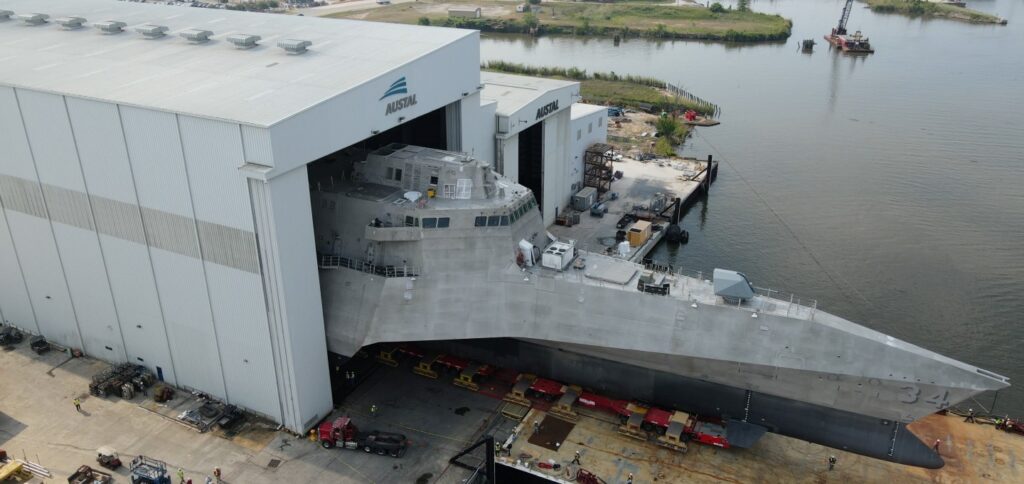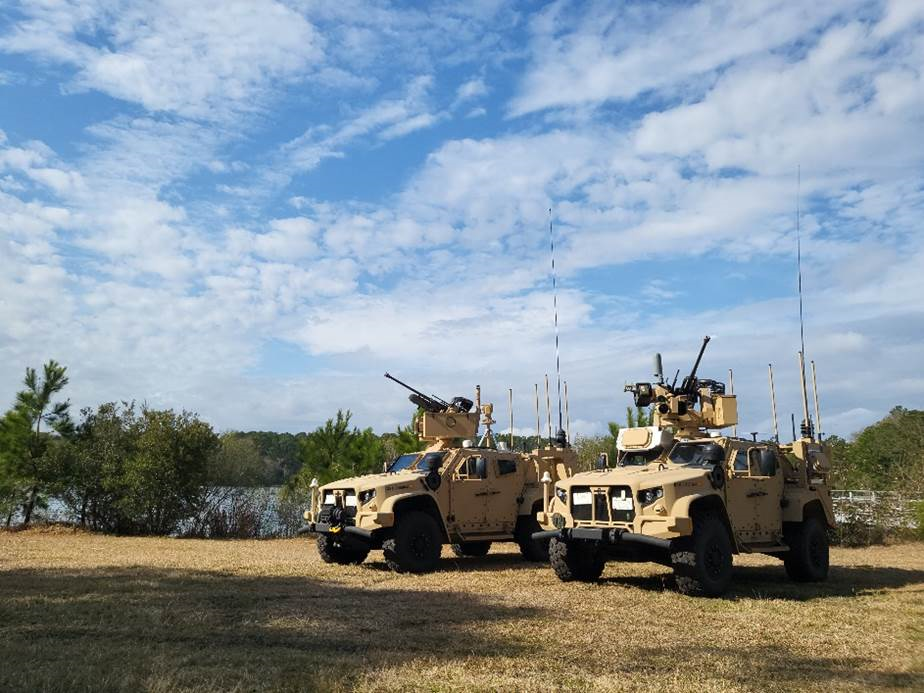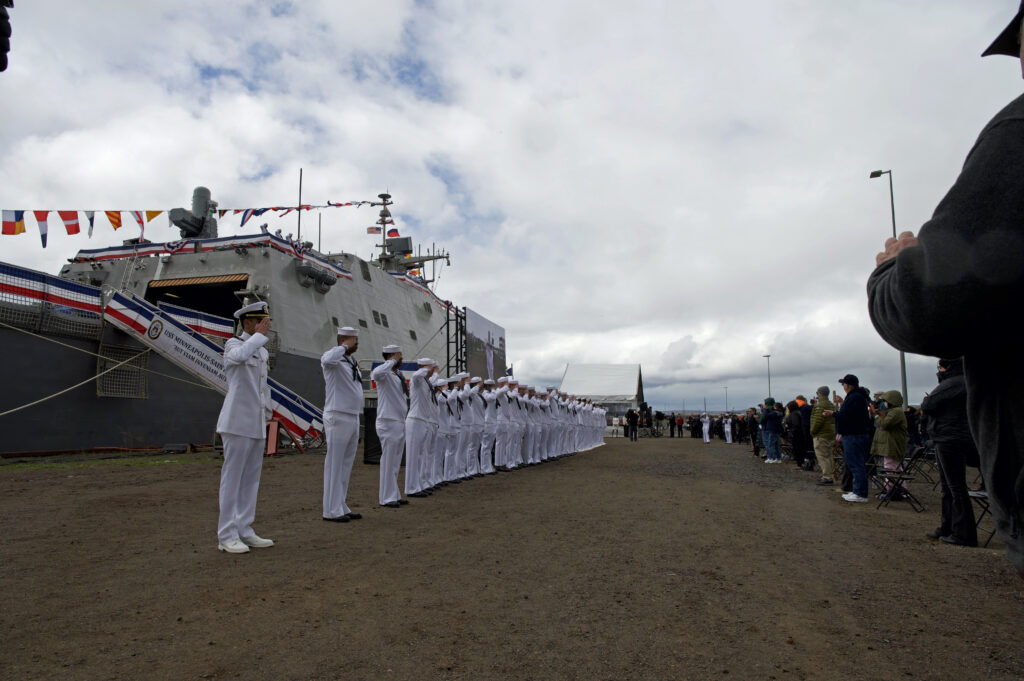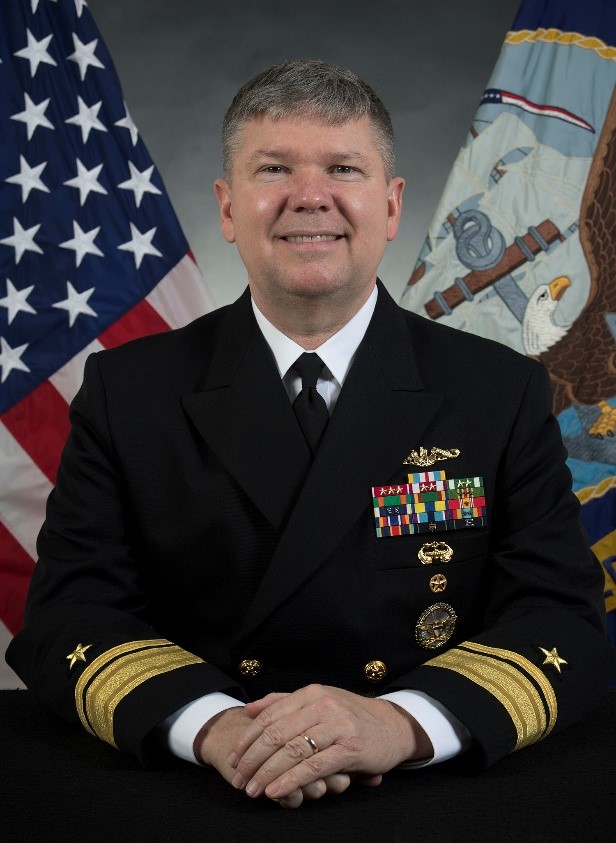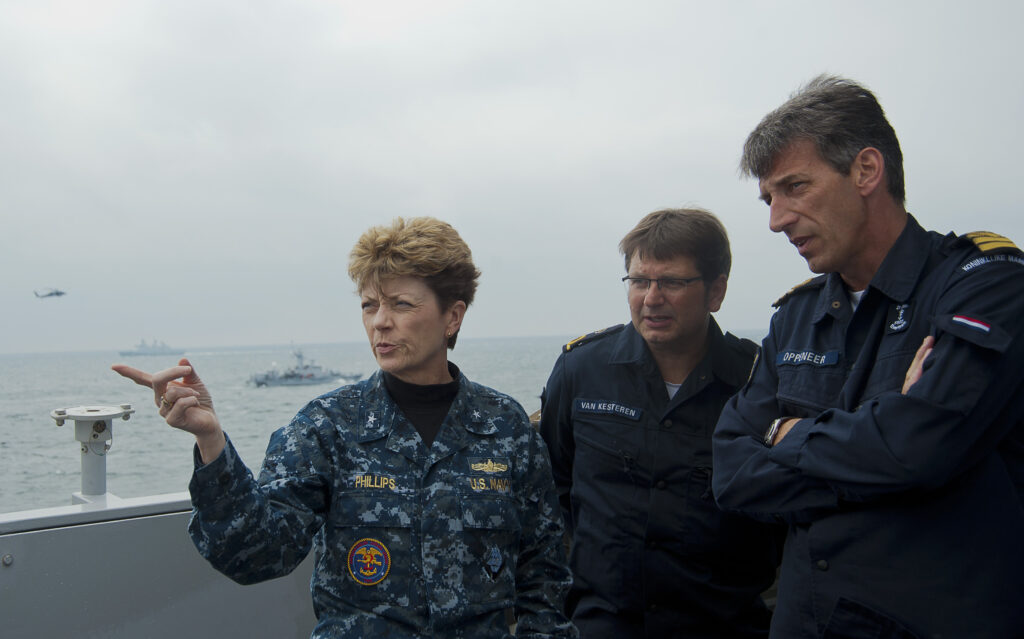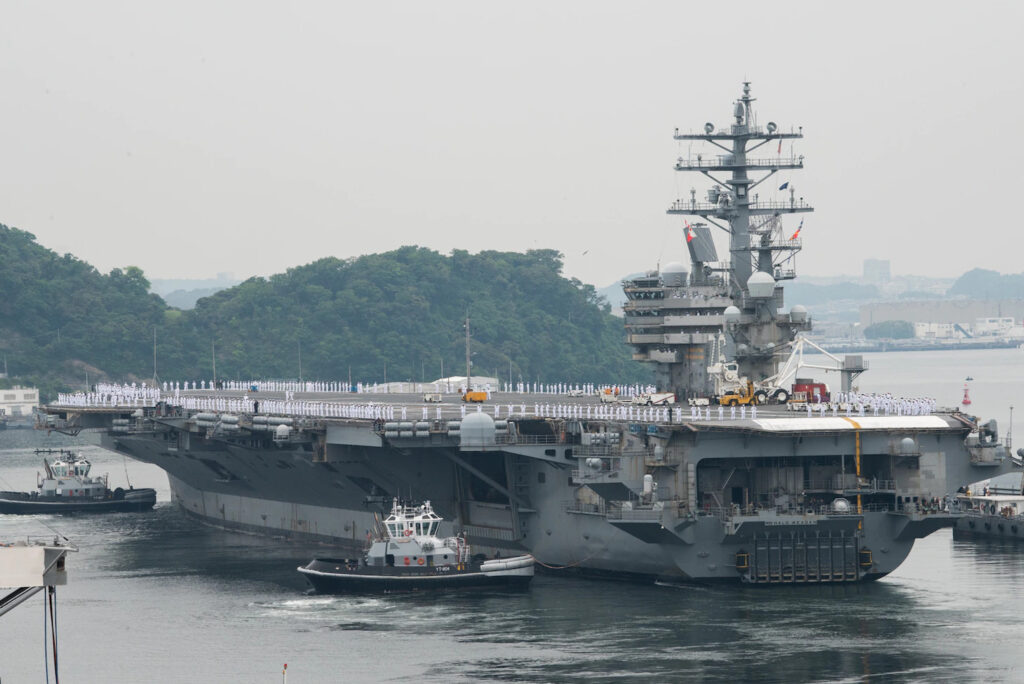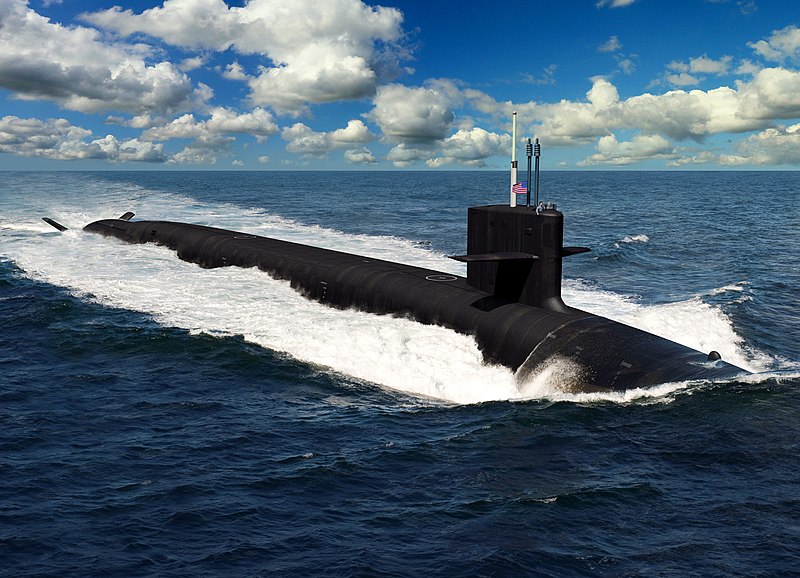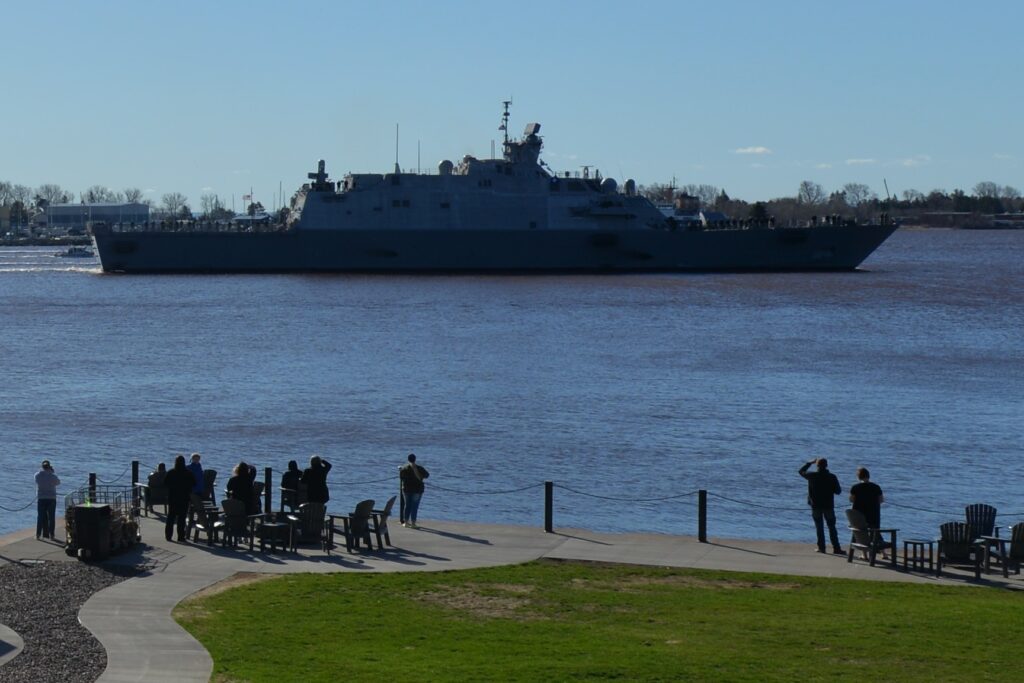Navy’s MQ-8C Fire Scout Operating in Westpac; MQ-8Bs to Be Retired
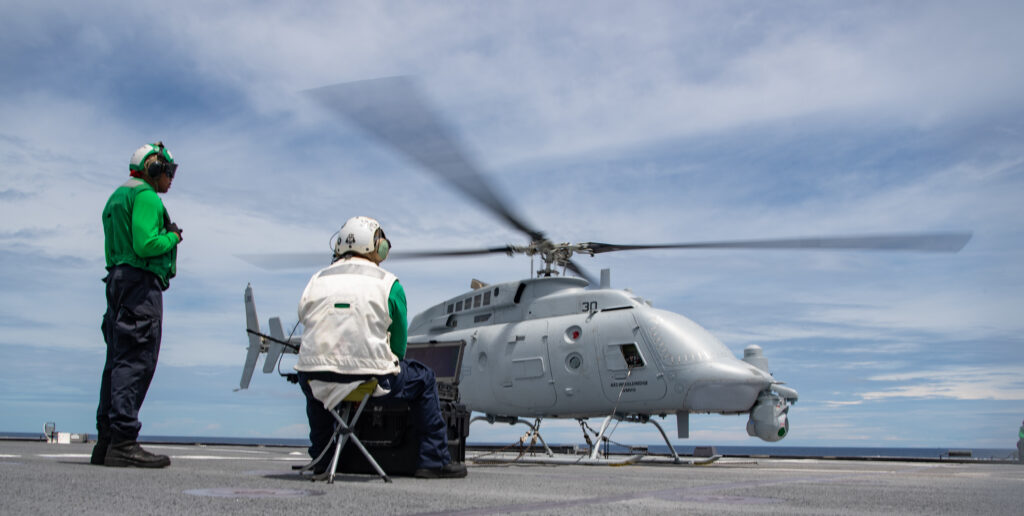
ARLINGTON, Va. — The Navy’s MQ-8C version of its Fire Scout unmanned helicopter is now operating on its first deployment to the Western Pacific, the second deployment of the type so far. Meanwhile, the Navy is proceeding with plans to accelerate retirement of the fleet of older MQ-8B versions in fiscal 2023.
The Independence-class littoral combat ship USS Jackson (LCS 6) is operating with a detachment from Helicopter Sea Combat Squadron 23, which includes an MQ-8C. The Jackson in the first LCS deployed to the Western Pacific since the summer of 2020 and began operations with the MQ-8C on April 20. Two other LCSs are deployed in the Indo-Pacific region with the older MQ-8B version
The Northrop Grumman MQ-8C, based on the Bell 407 airframe, can carry the Leonardo ZPY-8 Osprey radar, the Teledyne FLIR Brite Star II electro-optical/infrared sensor and the Automatic Information System for surface search and tracking, said Scott Weinpel, Northrop Grumman’s business development director for Fire Scout, in a May 23 interview with Seapower. It can augment the MH-60S Seahawk manned helicopter also deployed with the helicopter squadron detachment.
Weinpel said the COBRA II (Coastal Battlefield Reconnaissance and Analysis II) sensor is being developed to give the MQ-8C a day/night mine-hunting capability over a larger area and in a deeper water column than the COBRA I deployed on the MQ-8B.
The MQ-8C first deployed in December 2021 on the Freedom-class LCS USS Milwaukee (LCS 5) in the U.S. 4th Fleet area of operations.
The Navy has 36 MQ-8Cs on strength. In the Navy’s fiscal 2023 budget request, the service plans to place about half of the MQ-8Cs in long-term preservation, Weinpel said, attributing the decision to the Navy’s budget priorities.
“We really are hoping that, with our mission extension efforts and the capabilities and enhancements that we want to incorporate with Fire Scout, that the future looks bright, especially as we look towards the future [Constellation-class] frigate, where Fire Scout is incorporated into [the Navy’s] Capabilities Development Documents for FFG 62,” he said. “We fully expect that we will be a part of that requirement.
“It would be an appropriate time to pull those [MQ-8Cs] out of preservation and incorporate them with that [frigate] fleet,” he said, noting that the MQ-8C could easily pivot to the antisubmarine warfare mission set, deploying sonobuoys and relaying the acoustic data that they would collect to the mother ship or another ASW platform.
Weinpel also said Northrop Grumman could relatively easily restart production of the MQ-8C if required.
He also confirmed the Navy’s decision to accelerate retirement of its fleet of MQ-8Bs to fiscal 2023 from 2024, also a result of budget pressure. He said the retired MQ-8Bs could be adapted to homeland security roles, including service with Customs and Border Protection.
Weinpel said the MQ-8C performed well on its first deployment.
“We had great feedback from the operators of the HSC-22 detachment,” he said. “They were able to use the radar and EO/IR, [and] had great TCDL [Tactical Common Data Link] operational use, so they were able to fly out to the maximum range of the Fire Scout and then they were also distribute some of the information that was getting down to the Fire Scout control station to other areas of the ship where it became relevant as they were able to conduct some counter-narcotics missions.”
Earlier this month, an MQ-8C provided bomb hit analysis for a Hellfire Longbow missile shoot from the Independence-class LCS USS Montgomery (LCS 8).
